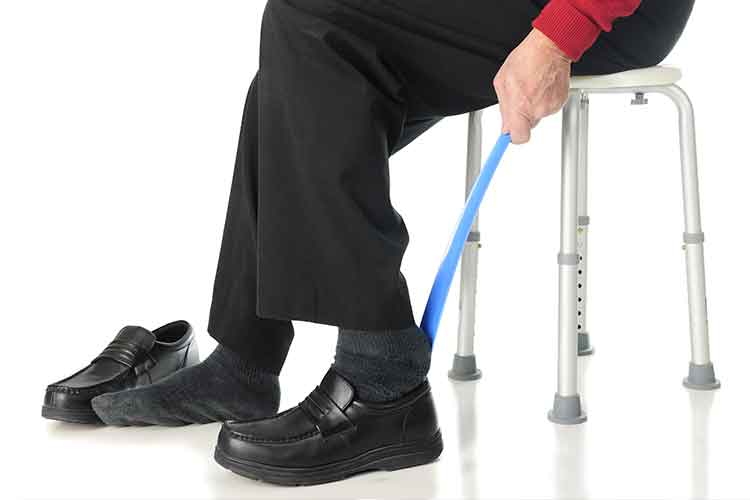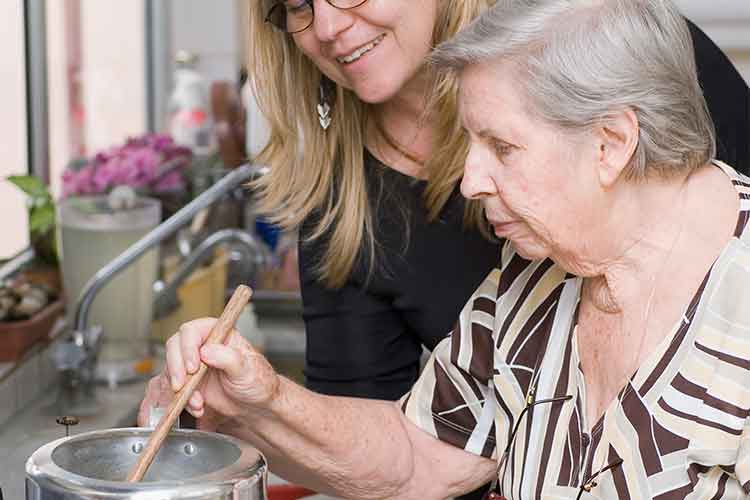A Wellness and Reablement Approach to Purposeful Ageing
Published: 15 May 2024

Published: 15 May 2024

Purpose is the difference between existing and living.
Purpose means having clear goals to keep us engaged in our day-to-day lives. Without it, we lack vitality and productivity and risk cognitive and physical decline (Conci 2018).
A wellness and reablement approach to ageing sees older people setting purposeful goals for how they wish to live, to help regain and maintain independence and autonomy, for as long as possible.
Wellness and reablement is an approach to care grounded in the belief that most people desire and are capable of enhancing their physical, social, and emotional wellbeing to live autonomously and as independently as possible, despite frailty, chronic illness or disability (DoHaAC 2021).
Wellness and reablement rejects the notion that ageing is an irreversible and inevitable decline. Through purposeful engagements, the approach aims to empower older people to improve their quality of life by improving their physical and mental fitness (Fine 2018).
Wellness and reablement can be adopted in both home care and in a residential setting.
Some examples of wellness and reablement activities include:
(Fine 2018; DoHaAC 2021)
Standard 3: Care and Services - Outcome 3.1: Assessment and Planning under the strengthened Aged Care Quality Standards(Action 3.1.1) requires aged care providers to establish a planning and assessment system that optimises reablement, quality of life and maintenance of function (ACQSC 2024a).
Furthermore, Outcome 3.2: Delivery of care and services requires providers to deliver care and services in a way that promotes reablement, quality of life and maintenance of function (Action 3.2.2), and ensures older people are promptly referred to appropriate services to support reablement, quality of life and maintenance of function (Action 3.2.4) (ACQSC 2024a).
Standard 5: Clinical Care - Outcome 5.4: Comprehensive care (Action 5.4.2) expects that comprehensive clinical assessments of older people include the planning of clinical care to promote reablement, independence, quality of life and maintenance of function (ACQSC 2024b).
Lastly, Standard 6: Food and Nutrition - Outcome 6.4: Dining experience (Action 6.4.2) aims to ensure that dining experiences in residential aged care facilities support reablement, social, belonging and enjoyment (ACQSC 2024c).

Once an older person is assessed, in collaboration with their care coordinator, the person identifies their basic needs and larger goals and aspirations. Together, a plan can then be developed to help the client achieve their goals (DoHaAC 2021).
(Kate Pascale and Associates Pty Ltd 2019)

Along with improving the independence and autonomy of an older person, the benefits of wellness and reablement include:
(Conci 2018; Department of Health and Human Services 2018)

Question 1 of 3
Which one of the following is NOT a benefit of wellness and reablement?